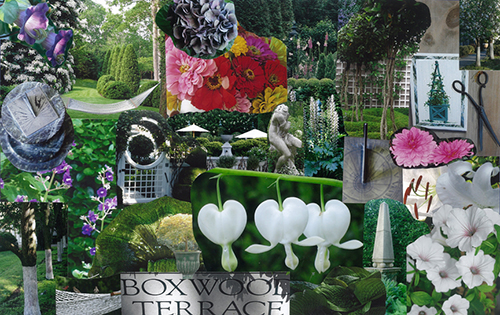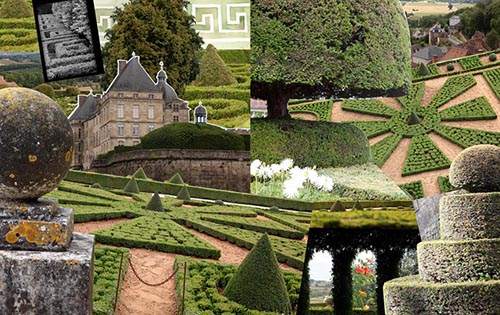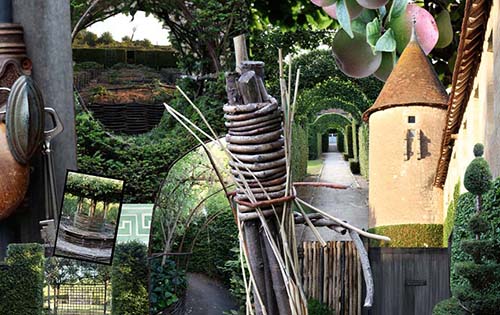
“Found objects, chance creations. . . abolish the separation between art and life. The commonplace is miraculous if rightly seen, if recognized,” wrote poet Charles Simic.
How true. Collage is a vehicle for disseminating ideas, organizing thoughts, and developing and determining your tastes. What I most appreciate about collage is that it’s not a snob. It’s an art form for everyman; it is ignorant of skill level and thoroughly forgiving. Collage doesn’t require a deft hand like painting, yet it has been prevalent in fine art through the ages. Collage has seen us through Cubism, Surrealism, Constructivism, and Abstract Expressionism. Artists throughout history have embraced the technique, artists such as Braque, Picasso, Jasper Johns, and so many others. Collage became a twentieth-century art form thanks to these artists. Dreams, dissonance, eccentric and disparate bits and pieces merged to produce juxtapositions that gave the subconscious and our inspirations a legitimate outlet.
I have always collected things, wherever I go, whether they were objects, ideas, quotes, or images taken by my camera. It was natural that I would be drawn to collage. As I am a visually inspired person, collage has been my vehicle for recording and retaining important moments in my life, as well as absorbing things that I am drawn to: still-lifes, gardens, interiors, and fashion among them. The medium welcomes chance findings and randomness and understands the consequence might well be a totally unintended one. My collages are put into books and they have become my visual memoirs, personal storyboards, my inspiration, and my creative outlet for years—the DNA of my design aesthetic as well as the story of my life so far. And I’m more aware than ever about the importance of these hand-recorded memories and dreams for my family and for the future.

“There are no new ideas in the world, only new arrangements of things,” wrote Henri Cartier-Bresson.
Scrapbooks are the working documents that have been essential in my evolution as a designer. I’m a teacher in my work. I am always studying and learning. By examining what others have written and done and processing those ideas with my hands, scissors, and a glue stick, I’ve been able to develop my own approach to living and design, one that works for my home and my life—the basis of which has been honed from others over the course of my career. Collage always made sense to me as a methodology. I am a hunter, a collector, an editor—in truth, a stylist, I think, since birth. I see the world in composition—always have. A gathering of anything, anywhere, inside or out, can be arranged into a still life. I’ve learned that the most ordinary of found objects can be elevated when artfully considered and arranged. It is in our carefully curated environments that we share a specific point of view, a personal aesthetic, a vision, and a passion for life. In essence, creating a composition is about seeing. And sometimes, it’s seeing the beauty in ordinary, everyday found objects.

Collage permits experimentation.
Collage is self discovery.
Like David Hockney said, “The thing with high-tech is that you always end up using scissors.”
—Charlotte Moss, author and designer, and guest blogger
Learn more about Charlotte Moss on her website, charlottemoss.com.
Excerpted from A Visual Life by Charlotte Moss (Rizzoli, 2012). Purchase a copy of A Visual Life from the Gibbes Museum Store.
Charlotte Moss is the featured speaker at the Art of Design luncheon and lecture on March 7, hosted by the Women’s Council of the Carolina Art Association and the Gibbes Museum of Art.
Published February 21, 2014

